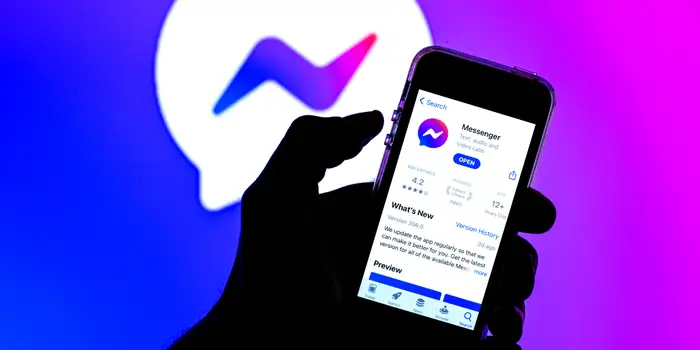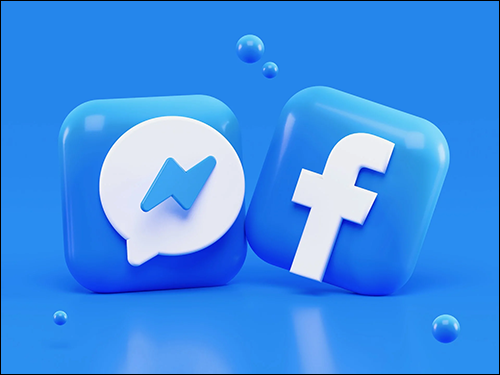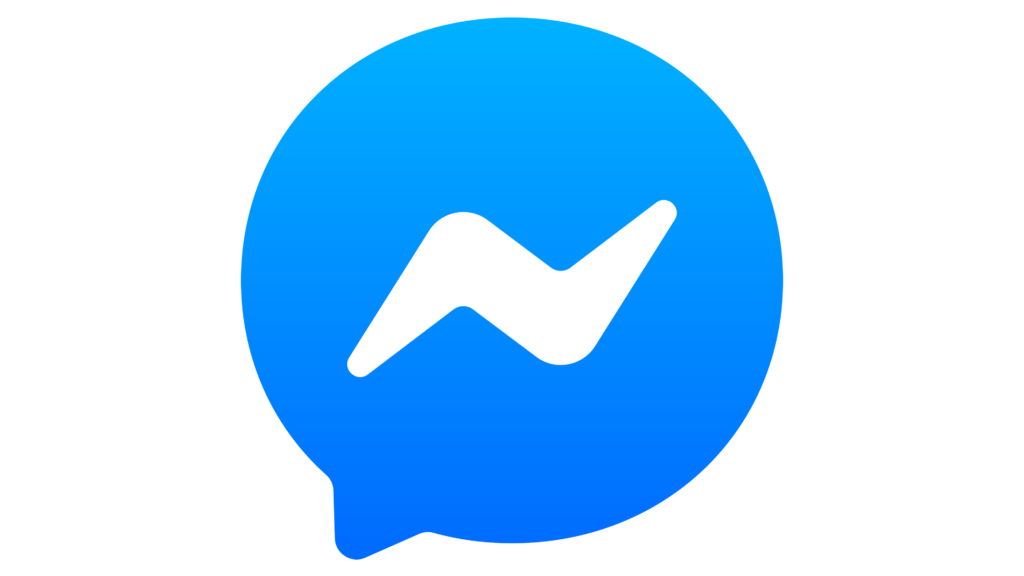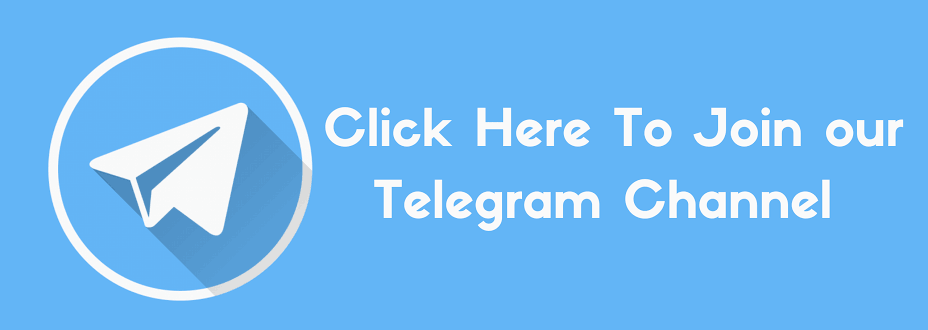Facebook Messenger has reverted to its iconic blue-and-white logo, reminiscent of its early days. This change, spotted in February 2025, marks a departure from the vibrant, gradient-heavy design introduced in 2020. But why did Meta, the parent company of Facebook, decide to turn back the clock? When and where did this reversion occur, and what does it signify for the app’s future? Let’s dive into the story behind Messenger’s logo journey.

The Evolution of the Facebook Messenger Logo
Facebook Messenger’s visual identity has evolved significantly since its inception as a standalone app in 2011. Initially, the logo featured a simple blue speech bubble with a white lightning bolt, symbolizing fast and direct communication. This design, rooted in Facebook’s classic sky-blue palette, remained largely consistent through subtle updates in 2013 and 2018, where the bubble’s shape softened into a more rounded, friendly form.
The most dramatic shift came in October 2020, when Meta unveiled a bold redesign. The new logo swapped the solid blue for a gradient of purple, pink, and orange—colours borrowed from Instagram’s sunburst aesthetic. This change wasn’t just cosmetic; it reflected Meta’s strategic push to integrate Messenger with Instagram Direct Messages, allowing cross-platform communication. Announced on October 13, 2020, via a Facebook blog post, the company described the gradient as a symbol of “the future of messaging”—a unified ecosystem connecting Facebook, Instagram, and eventually WhatsApp. The redesign aimed to modernize Messenger, aligning it with a younger, visually expressive audience accustomed to Snapchat-like features such as vanishing messages and colourful chat themes.
The Reversion: When and Where It Happened
Fast forward to February 2025, and the gradient logo is no more—at least on Android. Posts on X, including one from user @nickysweet857 on February 23, 2025, noted that the latest Messenger beta app for Android had reverted to the classic blue-and-white design. This wasn’t a full rollout across all platforms yet; the change appeared in a beta version (likely part of Meta’s testing phase), suggesting a gradual reintroduction. Screenshots shared on X showed the familiar speech bubble and lightning bolt, stripped of the Instagram-inspired gradient, signalling a return to Messenger’s roots.

Meta hasn’t issued an official statement confirming the Facebook Messenger logo change as of February 24, 2025. However, the timing aligns with the company’s typical pattern of testing updates with beta users before broader deployment. Historically, logo changes have debuted on one platform—like the 2020 update, which first appeared on mobile apps—before expanding to desktops and other systems. Given this precedent, it’s reasonable to expect the classic logo might soon appear on iOS and web versions if the beta test proves successful.
Why did the Messenger logo change back to the original?
The decision to revert to the old logo raises questions about Meta’s motivations. Several factors could be at play:
- User Sentiment and Nostalgia: The 2020 gradient logo received mixed reactions. While some embraced the vibrant look, others found it jarring, missing the simplicity of the original. Social media platforms like X have long hosted complaints about the “Instagram-ification” of Messenger, with users expressing a preference for the classic design. By reverting, Meta may be responding to this feedback, banking on nostalgia to rekindle affection for the app.
- Branding Clarity: The gradient logo blurred the lines between Messenger and Instagram, reflecting their technical integration. However, as Meta continues to unify its messaging services (including plans to incorporate WhatsApp), the distinct blue-and-white logo could reassert Messenger’s standalone identity within the ecosystem. This clarity might help users differentiate it from Instagram’s ultraviolet hues and WhatsApp’s green palette.
- Strategic Simplification: Meta has faced scrutiny over its ambitious metaverse and AI initiatives, with some critics arguing the company has lost focus on its core products. Returning to the classic logo could signal a back-to-basics approach, emphasizing reliability and familiarity over flashy experimentation—qualities that made Facebook and Messenger household names.
- Technical or Testing Purposes: It’s also possible this isn’t a permanent shift. Beta versions often experiment with features, and the logo change could be a test to gauge user response. If the reversion flops, Meta might quietly restore the gradient without fanfare.
How They Went Back
The process of reverting appears straightforward from a design perspective. The classic logo—already etched into the app’s history—was likely preserved in Meta’s design archives, making it easy to reinstate. Developers would have swapped the gradient asset for the original blue-and-white vector in the app’s code and then pushed the update to the Android beta channel via Google Play. This isn’t a heavy lift technically, but the decision to do so reflects a deliberate choice by Meta’s product team.
Interestingly, the reversion contrasts with the 2020 update’s fanfare, which included a blog post and promotional rollout. The lack of an official announcement this time suggests Meta might be testing the waters quietly, avoiding the backlash that often accompanies high-profile changes (think: every Facebook UI overhaul ever).
What It Means for Users
For now, the change is limited to Android beta testers, but its implications could ripple wider. If fully adopted, the classic logo might evoke a sense of comfort for long-time users while puzzling newer ones accustomed to the gradient. Functionally, nothing seems altered—Messenger retains its robust features like group video calls, vanish mode, and business tools. The shift is purely visual, yet it underscores how much a logo can shape perception.
Will this mark a broader return to simplicity for Meta’s apps? Or is it a fleeting experiment? Only time—and user feedback—will tell. For now, as of February 24, 2025, the sight of that familiar blue bubble popping up on Android screens is a small but intriguing blast from the past.




